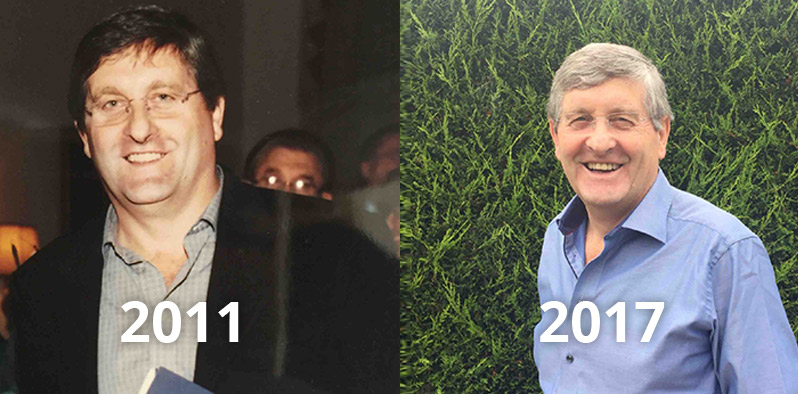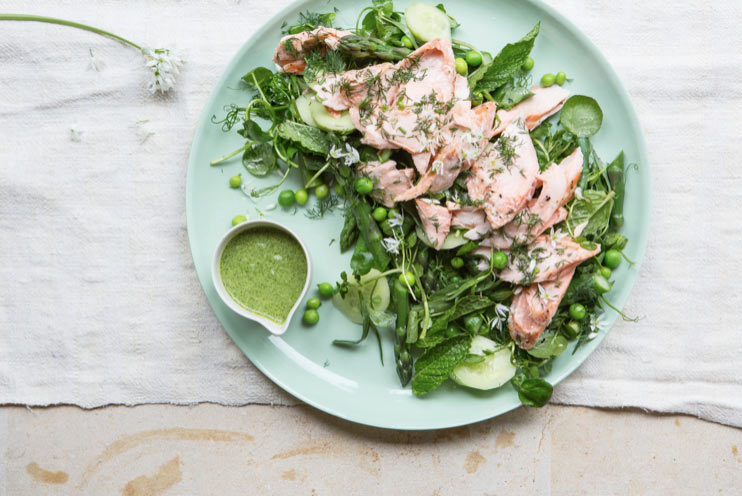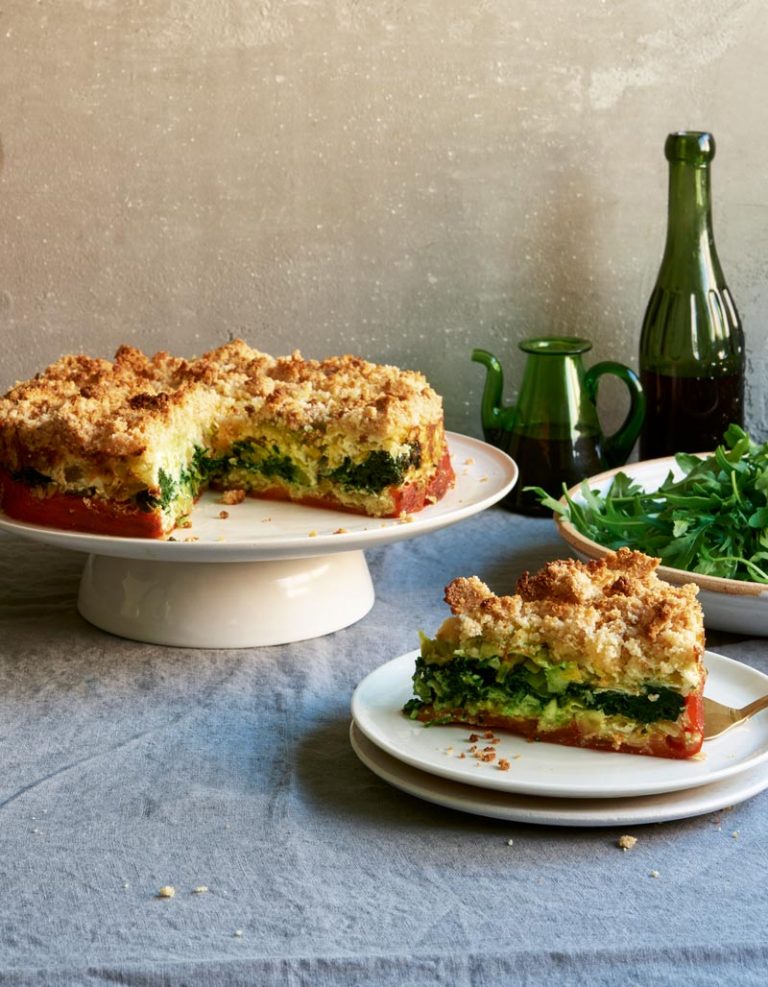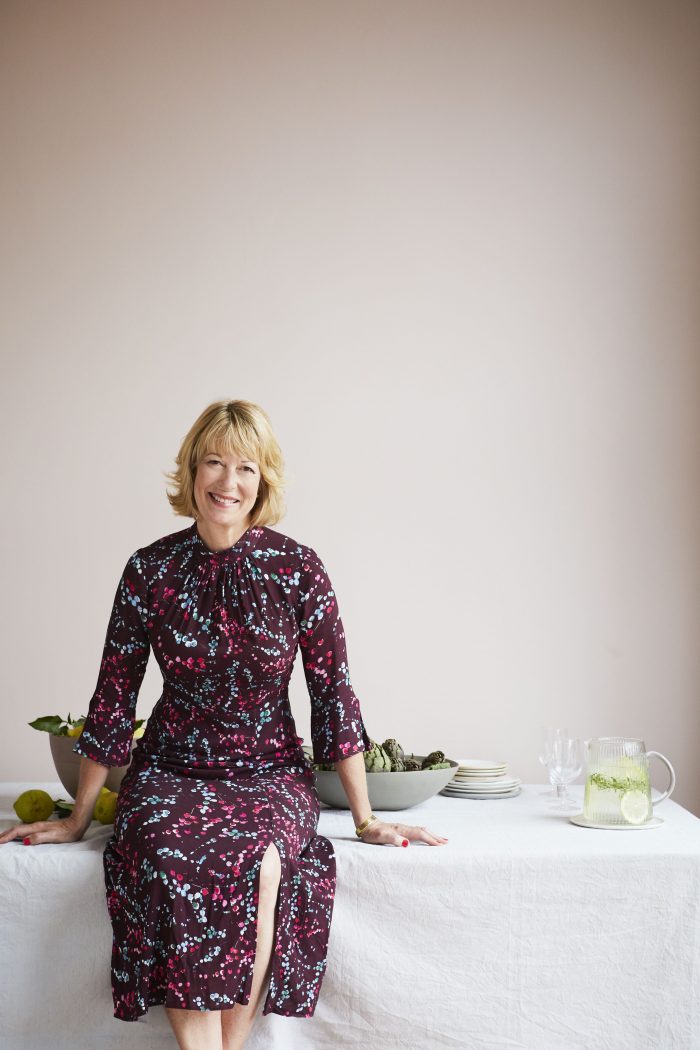About
Where Our Journey Began

Katie and Giancarlo have written over a dozen cookbooks covering such subjects as the food of regional Italy, food preservation and salads from around the world.
Following Giancarlo’s illness and adoption of a low-carb diet they focussed on the low-carb diet and wrote the best selling ‘The Diabetes Weight-loss Cookbook’ and ‘The Reverse Your Diabetes Cookbook’. Their next book ‘The 30 Minute Diabetes Cookbook’ is due out in March 2021.
Our Story
I fell for Giancarlo, the bright, bouncy, crazy Italian full of energy, fun and impetuous enthusiasm, 24 years ago. I met him when he commissioned me to paint a mural for him in his restaurant. After some months we got together and I entered the world of cooking. We opened restaurants and travelled back and forth between the UK and Italy to collect knowledge and recipes. We wrote a book, I learnt to speak Italian, we worked hard, cooked, made a TV series, wrote 14 more cookbooks, had two children and got married.
Textbook symptoms of type 2 diabetes

Around 11 years ago Giancarlo’s enthusiasm for life slowly dwindled. Both of us were overweight and he was always tired. I was testing recipes, writing and bringing up two boys; Giancarlo was working all hours. He would come in after a shift at the restaurant and devour the contents of the fruit bowl or he would cook a huge amount of pasta and eat it straight from the pan. If he didn’t eat within minutes of arriving home, he was unhappy. While driving he would eat raisins and at each garage stop, he would buy chocolate or biscuits.
Giancarlo feels great and I have a new slim husband, full of energy and fun once more. Our teenage boys have gradually become more low-carb and feel better for it. We have never insisted but they have seen the transformation in their dad and don’t want to suffer in the way he has.

Gluten Free
Worried about my own weight, IBS and bloated tummy, I gave up gluten. Giancarlo decided to do the same. I felt no different, and yet after just three days, he felt amazing. The arthritic swelling in his fingers had visibly reduced and his mind felt clearer. Banning gluten meant that he had to abandon pasta, bread, cakes and biscuits. He didn’t like most of the gluten-free alternatives so just went without. Inadvertently Giancarlo and I were going ‘low-carb’ even though we had never heard of the phrase. We were eating more vegetables, eggs, meat and fish and less ‘beige’ food. Both of us lost weight and felt better and over time we discovered the world of low-carb eating on the internet.
To confirm whether Giancarlo was gluten-intolerant we went to see nutritionist Jenny Phillips. Her tests revealed he reacted very badly to gluten and she advised he should be scrupulous in banning it from his diet for good.
The Low Carb Lifestyle
Our story began with a simple dream — to create a cozy, welcoming retreat where people could disconnect from the hustle of everyday life and reconnect with what truly matters.
Every detail, from the rustic wooden beams to the scent of fresh wildflowers in your room, reflects our love for this land and our desire to share its beauty with others. Whether you’re seeking adventure, relaxation, or inspiration, we invite you to make memories here that last a lifetime.


Weight Loss
This was a turning point for us. Living and eating low-carb for us both and gluten-free for Giancarlo was the way forward and we both lost weight easily. At the time, we were writing Around the World in Salads and this way of eating a full rainbow of foods chimed fully with our new lifestyle. Within 18 months Giancarlo had lost 3 stone and put his type 2 diabetes into remission. I shed a stone, have kept it off and the IBS is much better.
Giancarlo feels great and I have a new slim husband, full of energy and fun once more. Our teenage boys have gradually become more low-carb and feel better for it. We have never insisted but they have seen the transformation in their dad and don’t want to suffer in the way he has.
“Quality, quantity, movement” is Giancarlo’s mantra
Low carb is not a crash diet, it has been our way of life for 6 years. The low-carb lifestyle is about eating fresh, natural foods that don’t overload your bloodstream with glucose from sugar and starch. It is important to note we are low-carb not no-carb. There are so many people recovering from eating disorders I would hate to think we are suggesting another form of over-controlled eating. I feel strongly that we are giving people information about what happens to food in your body then, armed with that knowledge, people must make their own choices. We all react differently to food, hence our CarbScale.
We are not carbphobes, either. If I want a bowl of pasta or a pizza occasionally, I will have it and thoroughly enjoy every mouthful. I cannot resist the warm focaccia or freshly made pasta at our restaurants, but I limit them to a couple of times a month and I won’t feel guilty about it. The rest of the time we eat from our low-carb menu. Giancarlo has a treat once a week of one of our low-carb desserts, otherwise he would feel too restricted. Dr Unwin completely avoids sugar and bread as he doesn’t want to be tempted back into eating too many biscuits or a whole loaf. Find what works for you.
Our top tips for staying low-carb
- Ask yourself if you really are hungry. Sometimes thirst can seem like hunger, so drink plenty of water and often the feeling that seemed like hunger goes away.
- Just because your watch says it is 8am, 1pm or 7pm it doesn’t mean it is time to eat. Eating just twice a day helps us keep trim. It’s amazing how your appetite drops when you are low-carb. I always used to wake up hungry; now I have coffee and cream and don’t eat until lunchtime. If we have had a big lunch we will often skip supper which means we are in a fasted state for longer.
- Don’t eat between meals. There is no need, so be strict with yourselves. That slight hunger pang is ok, you won’t faint. Your body will have to use some of the stored fat for energy. Let it do its job and don’t overfeed it.
- Don’t eat quickly. It takes a while for your body to recognise you have had enough to eat.
- Eat like the Japanese; they eat a variety of foods slowly and mindfully from small bowls. By the time you have eaten some pickled vegetables, slurped your miso soup, picked up every grain of rice and cut up fish or meat with chopsticks you are no longer hungry. They have an expression: ‘Hari Hachi Bu’, meaning eat until you are 80 per cent full and stop.
- The French start their meals with a salad and the Italians have antipasti; both take the edge off hunger so you don’t then devour a huge main course.
- The Mediterraneans don’t drink without food. Have a few olives with a drink, then you won’t miss the bread.
- Visualize the ingredients that you are eating on a plate and, if it resembles a pile of flour, poor-quality fats, colourings and flavourings, E numbers and unpronounceable chemicals, don’t eat it.
- Just try to cook. Don’t worry if you fail every now and again, everyone does, yes even Gordon, Jamie and Delia! Enjoy experimenting – bring in your family, ask them to taste and help.
- Eat more vegetables and enjoy their huge variety of flavours and textures. Fall in love with cabbage, cauliflower, pumpkin and swede; we have. They make perfect substitutes for potatoes, bread, pasta and rice.
- Low carb doesn’t have to be expensive. I have included plenty of economical options from tinned fish, lentils, chicken, frozen spinach, meat and fish and lots of recipes with eggs and vegetables.
- Use every excuse to move more. Sitting down is unhealthy. I know, I spend most of my life writing, but I stand up frequently, tilt my screen up and do squats while I read and lunges whilst on the phone. I probably look barmy, but I like my new shape and don’t want it to change.